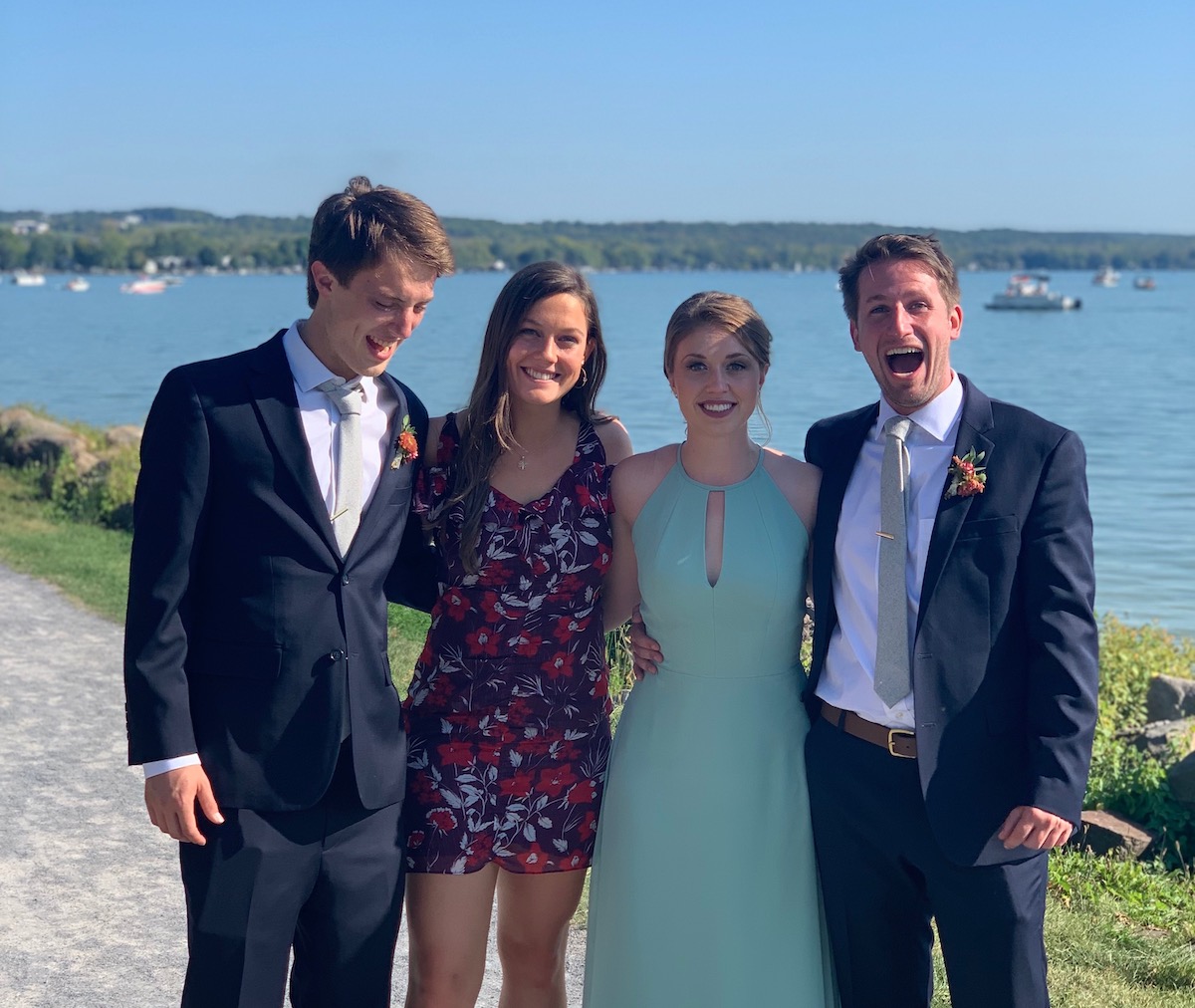The Summer Camp Society Blog

Supervising Free Choice Time

Stoplight Scheduling - Setting Camp Staff Up to Be the Most Impactful

Making Them the Main Character

Starting a Monthly Giving Program For Summer Camp
Shares how Stomping Ground created a successful monthly donors club, raising $35k annually while engaging alumni and fostering camp community support.

Don't Join the Summer Camp Society
A tongue-in-cheek post listing reasons not to join, while cleverly showcasing the unique culture, growth mindset, and challenges that make the Society special.

Less Rules More Inclusion

THE PAST 12 MONTHS

Are We Thinking Too Small About How to Recruit More and Different Staff for Camp?

TSCS's Recommendations for Tri-State 2022
This blog post provides a handpicked selection of sessions at the 2022 ACA Tri-State conference, covering key topics such as leadership, mental health, and inclusivity. The recommendations are aimed at camp professionals looking to improve their camp experience and build stronger communities.

5 Keys to Being a Great Camp Counselor

5 Rules for Running Great Meetings at Camp

Thinking About Thunderdome - Rainy Days

Spark Phrases: Training Staff on Play

Illuminating the Hidden Curriculum. Good for Mission. Good for Money.

Inclusion at Summer Camp - The Hidden Curriculum

Networking Sounds Yucking But I Love Friends
This post humorously addresses the discomfort some feel toward traditional networking while highlighting the importance of genuine connections in the camp community. It emphasizes that building relationships through shared experiences and mutual interests can be much more rewarding and less intimidating than typical networking events.

7 Types of All Camp Games You Can Run This Summer

Jack's Kookie Take on Professional Development

What Do You Do The Rest Of The Year? - Staff Narrative & Social Pressure
I wonder how many great camp directors have left the camp world because they didn’t feel like constantly answering that question. “What do you do the rest of the year?” Or how many potential great camp directors go become teachers, nurses, or lawyers because they don’t think camp is valued in their community.


